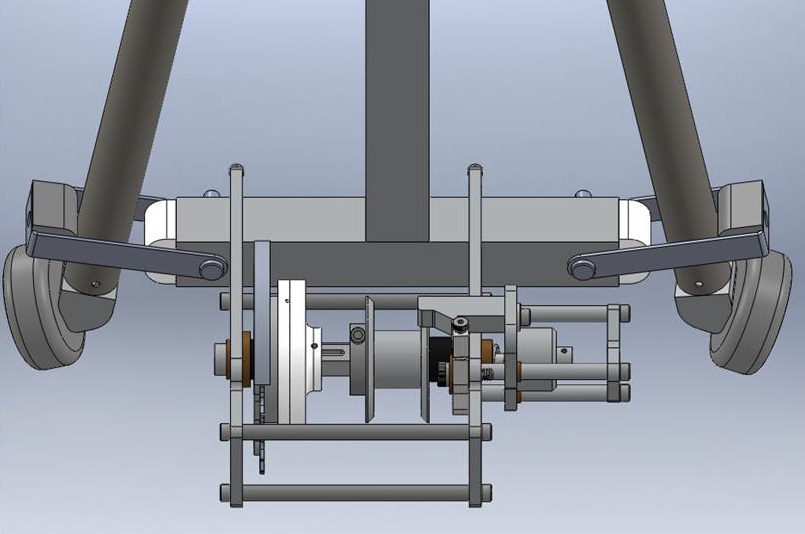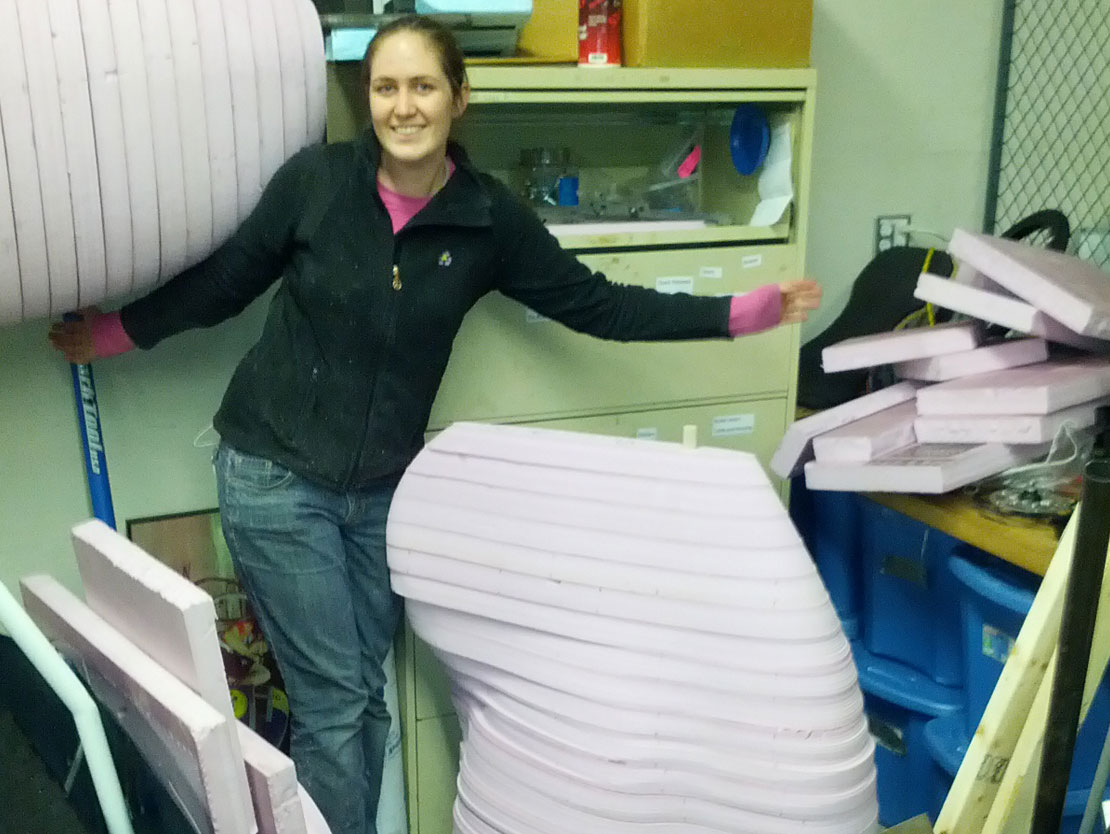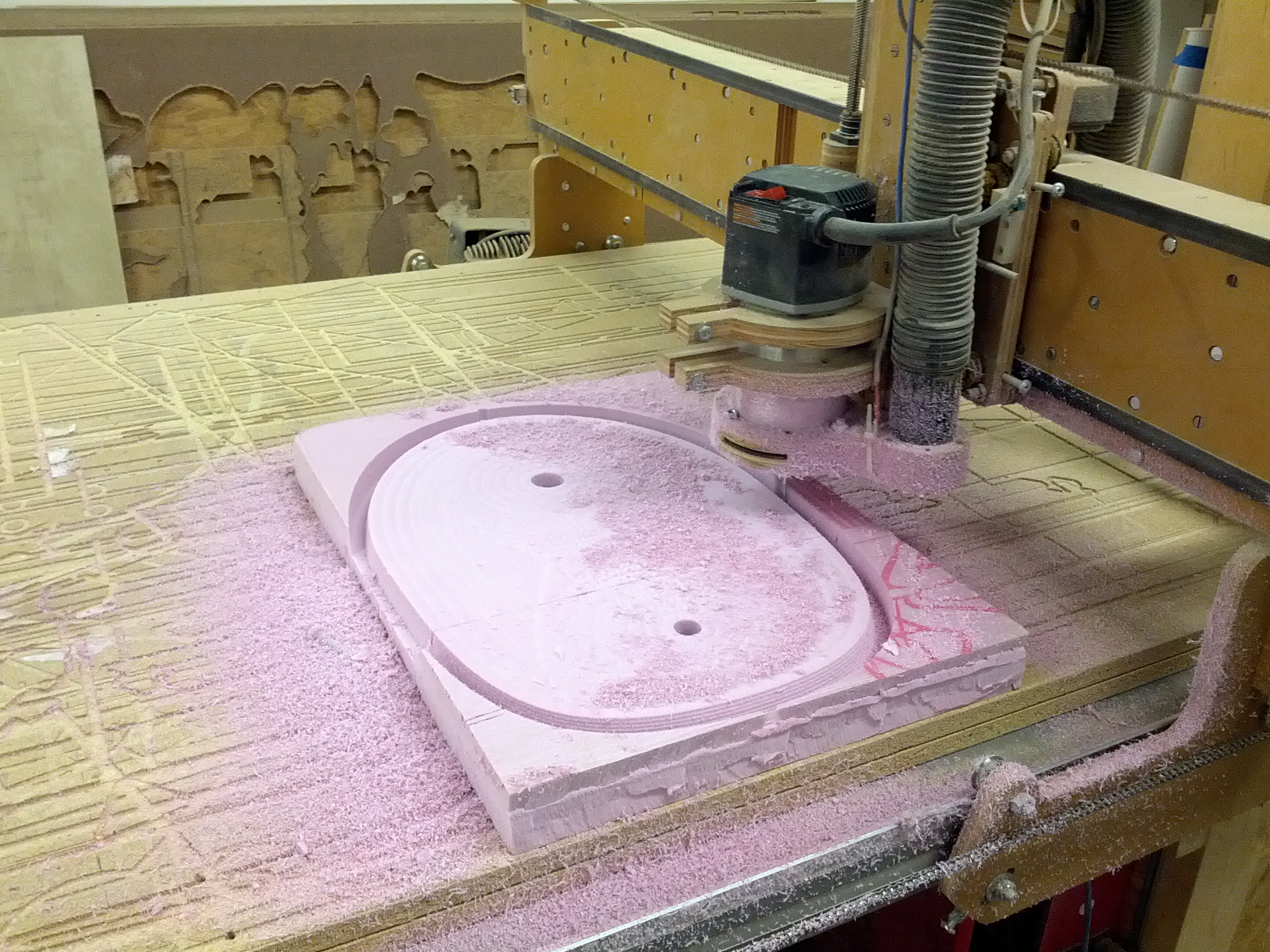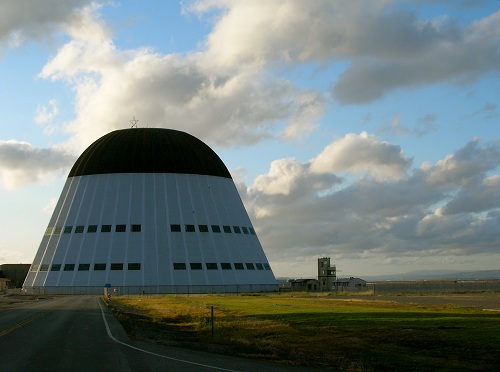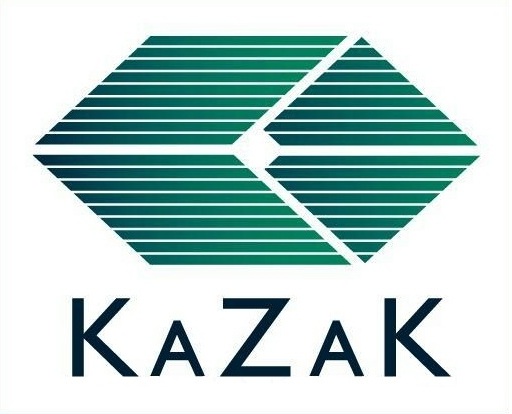A Shift of Plans
March 6, 2013
In October, we decided to attend the HPVC West Competition. Several months later, we have abandoned this plan and will instead be attending the HPVC East competition on April 26-28 at Ferris State University in Big Rapids, Michigan.
Although the team was excited about doing something new and traveling cross-country, we decided at the beginning of this semester that this would not be the most effective use of our limited funds and it seemed a waste. Our team has never really had extra money floating around so spending a large portion of our budget on the transit required to make it to the west coast seemed like it would not be the best use of funds toward achieving our team's goals.
While this is
Landing Gear Prototype 2
March 1, 2013
As mentioned at the end of our last blog post, high friction in our original landing gear design forced us to scupper the hand-drive mechanism and re-evaluate how we were going to actuate and drive the landing gear down. After a few weeks of re-design, we have found a solution we are happy with.
Last year's vehicle (2012) drove the landing gear down using a power take-off from the tire on the rear wheel. We had reliability problems due to the power-take off slipping when the wheel was wet (whenever you rode through a puddle). Our initial prototype for this year scrapped the power take off in favor of a hand cranked system. However, for prototype 2, we're returning to the power take off
Two Weeks Down
February 1, 2013
As January comes to a close, we've made a lot of progress over the first two weeks of the semester. We've been hard at work on everything from landing gear design to fairing manufacture.
The fairing plug has been routed. After three busy days of cutting on the off-campus CNC router, we have cut all 54 slices necessary to make our foam plug. However, the plug is far from complete. We still need to sand it flat, apply spackle and bondo to touch-up areas, paint it and wax it before we can make our female mold. We will continue to work on the plug in the upcoming weeks.
We recently recieved a generous donation of carbon fiber from one of our sponsors, Kazak Composites
Fairing Cutting Starts
January 25, 2013
Today, we began cutting the foam plug for our aerodynamic fairing, one of the main subsystems of our vehicle. Making the fairing is a very time consuming process and this marks the first step of the manufacturing process.
We begin by taking large (4' x 8' x 2") sheets of foam insulation and cutting them into rectangles. Each of the rectangles is then cut on a CNC Router to give it the precise shape necessary. The router takes multiple steps, which vary in size depending on the amount of curvature on the slices. We could make the steps all very small, but this would add significant time to the cutting process.
The router cutting the foam
Slicing the foam into rectangles
Fall Design Review
November 30, 2012
This past Thursday, our team had our first Design Review of the year. Almost all of our new team members presented on some aspect of the vehicle and we gained some valuable comments and suggestions on our design and planned manufacturing processes.
We had a great turn out with a number of members of the Olin College student body, faculty and staff, all of which made fantastic contributions. Our next formal presentation will be at the Olin EXPO in December.
The presentation is shown below. In addition to the design review, we have recently continued manufacture of our vehicle's prototype landing gear. The landing gear concept as a whole is coming together great but there are several aspects of the ratcheting deployment mechanism that
November Progress
November 26, 2012
Fearing late-year, late-night machining sessions, the team has been proactive in fabricating the vehicle's slow-speed stability system (SSSS). The result of three Fridays of work is a nearly complete and functioning system. Preliminary performance is promising. Though the system is not free-sliding as hoped, it translates under the most extreme (perhaps not the most extreme) loading cases. The friction is largely caused by the spacing of three sets of bearings riding on the inner tube. Investigation of adjustable bearing spacing is planned.
The entire system is in need of a healthy dose of thread locker, and the system has small details to be refined (the landing gear's wheels don't spin). However, we are thrilled to see the design come together. We've incorporated a group
Fairing Design
October 29, 2012
At the beginning of the month the team set a fairing design deadline for the end of the month, an ambitious deadline given that last year we didn't complete our fairing design until the spring.
The whole team has been working hard to achieve this over the course of the month, ideating on designs, sketching out concepts, modeling prototypes and performing Computational Fluid Dynamic Analysis.
After countless hours of work, we have come up with a design which we are extremely happy with, shown at right.
Last year's fairing (2012) was both the smallest and most aerodynamic fairing the team has ever built. According to STAR-CCM+, the vehicle has a Cd of 0.0870 and a CdA of 0.0358 m2. However, the vehicle was
California Bound!
October 24, 2012
Today, the team decided that we will be competing at the 2013 ASME HPVC West Competition. In every previous year in the team's history, we have competed at the east coast competition. However, this year, the team has decided to step up our game to attend the West Competition, which is being held at NASA Ames Research Center in the heart of California's Silicon Valley on April 12-14, 2013.
NASA Ames Research Center is the United States' premier wind tunnel facility and houses the most impressive (and largest) wind tunnels in the world. Furthermore, the facility houses NASA's supercomputers and is home to active research on a number of mission-critical NASA projects.
The team is very excited about our decision to travel cross-country
Landing Gear Redesign
October 18, 2012
One of the major things which the team decided we wanted to update on our vehicle was our slow speed stability system, also known as the landing gear. Although last year's landing gear often worked, it was unreliable and was also heavier than desired.
The team met to ideate on potential landing gear designs, strategies and actuation methods. We came up with a number of designs. Some of the concepts folded up along side the fairing and some stowed inside the fairing. The idea everybody liked the best was based off of a folding music stand (shown at right).
The design consists of two legs which are pivot about points fixed relative to eachother and mounted to a sliding carriage. Each leg has a
Kazak Sponsor Visit
October 5, 2012
Today, several team members traveled with our vehicle Seabagel to the headquarters of Kazak Composites, one of our team's primary sponsors. Kazak is a composite engineering company and is one of the world's leaders in composite pultrusion, a method for quickly and economically producing composite strictures. For several years, Kazak has donated carbon fiber and fiberglass to the team, with which we have made our vehicles's fairings.
The Olin Human Powered Vehicles team presented to Kazak's employees over lunch on our program and answered questions about our vehicle. The Kazak employees gave us valuable pointers on composite design and manufacture techniques. We also demonstrated the vehicle in the company parking lot.
What we do is only possible thanks to the help of Kazak and

